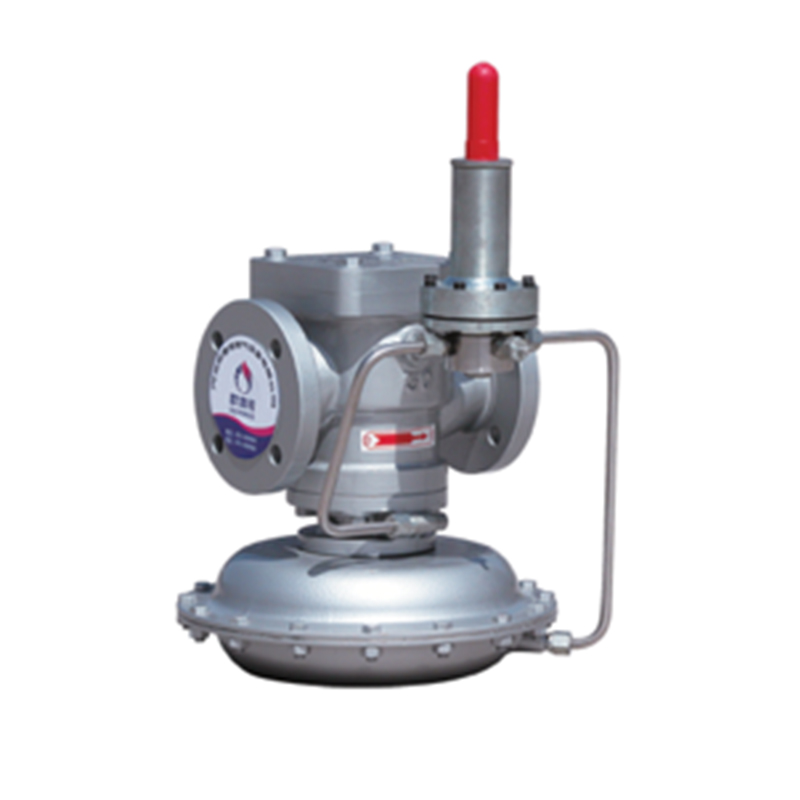
Dec . 13, 2024 06:29
Back to list
Design and Efficiency of Cyclone Dust Separation Technology for Industrial Applications
Understanding Cyclone Separators Principles and Applications
Cyclone separators are essential devices used in various industries to separate particulate matter from gases or liquids through centrifugal force. These separators are particularly valued for their efficiency in removing large volumes of particles with minimal energy consumption, making them a practical solution in pollution control, material recovery, and other applications.
Principle of Operation
The fundamental principle behind cyclone separators is the creation of a high-velocity vortex that enables the separation of particles based on their size and density. When a gas or liquid stream enters the cyclone separator, it is forced into a cylindrical chamber, which induces a spiral motion. This motion generates a centrifugal force that pushes larger and heavier particles towards the walls of the chamber.
As the flow continues, the particles spiral downward due to gravity, eventually settling at the bottom of the cyclone. A collection bin or hopper at the base collects these particles, which can then be disposed of or processed further. The cleaner gas or liquid, now devoid of most contaminants, is discharged from the top of the cyclone, often through an outlet that helps maintain the vortex.
Design Variations
Cyclone separators can vary significantly in design, influenced by specific operational requirements. The most common types include
1. Standard Cyclone This is the most basic form, characterized by a round cross-section. It is suitable for various solid separations and common in many industrial applications. 2. Multi-Cyclone This design comprises several small cyclones operating in parallel, allowing for increased efficiency and capacity. Multi-cyclones are especially effective for finer particles. 3. High-efficiency Cyclones These feature enhancements like tapered inlets or specially designed vortex finders that improve separation efficiency, making them ideal for applications requiring stringent particle removal standards.
Applications of Cyclone Separators
Cyclone separators find applications across a wide range of industries, primarily due to their versatility and effectiveness
. Some of the key sectors includecyclone separator

1. Air Pollution Control In industries such as cement or steel manufacturing, cyclone separators help reduce particulate emissions by capturing dust and other pollutants before they can escape into the atmosphere. This contributes significantly to environmental protection and compliance with regulatory standards.
2. Food Processing Cyclones are used to remove particulate contaminants from air or liquid streams. This is particularly important in ensuring the cleanliness and safety of food products, minimizing contamination while optimizing recovery processes.
3. Pharmaceuticals In the pharmaceutical industry, cyclone separators are employed to collect and recover active pharmaceutical ingredients (APIs) from production processes, ensuring that the products meet quality specifications and reducing waste.
4. Mineral Processing Cyclone separators are integral in the mineral processing industry due to their ability to separate dense materials from lighter ones. For instance, in the mining sector, they are used to concentrate valuable minerals while minimizing the amount of waste.
5. Oil and Gas In this sector, cyclones serve to separate water, sand, and other particulates from crude oil. This enhances the quality of the extracted oil and prolongs the life of downstream processing equipment.
Advantages of Cyclone Separators
The advantages of using cyclone separators are numerous. They are compact and relatively low in maintenance, requiring fewer moving parts compared to traditional filtration systems. Their ability to operate under varying conditions makes them highly adaptable in different settings. Moreover, cyclones are generally more cost-effective compared to other separation technologies, including bag filters or electrostatic precipitators, particularly in applications involving high dust loading.
Conclusion
In conclusion, cyclone separators are a fundamental component in many industrial processes, providing efficient, reliable, and cost-effective solutions for particulate separation. As industries continue to focus on environmental compliance and resource recovery, the role of cyclone separators is likely to grow, supporting a cleaner, more sustainable future. Their versatility and efficiency highlight their importance across diverse sectors, making them an invaluable asset in modern industrial applications.
Latest news
-
Safety Valve Spring-Loaded Design Overpressure ProtectionNewsJul.25,2025
-
Precision Voltage Regulator AC5 Accuracy Grade PerformanceNewsJul.25,2025
-
Natural Gas Pressure Regulating Skid Industrial Pipeline ApplicationsNewsJul.25,2025
-
Natural Gas Filter Stainless Steel Mesh Element DesignNewsJul.25,2025
-
Gas Pressure Regulator Valve Direct-Acting Spring-Loaded DesignNewsJul.25,2025
-
Decompression Equipment Multi-Stage Heat Exchange System DesignNewsJul.25,2025

